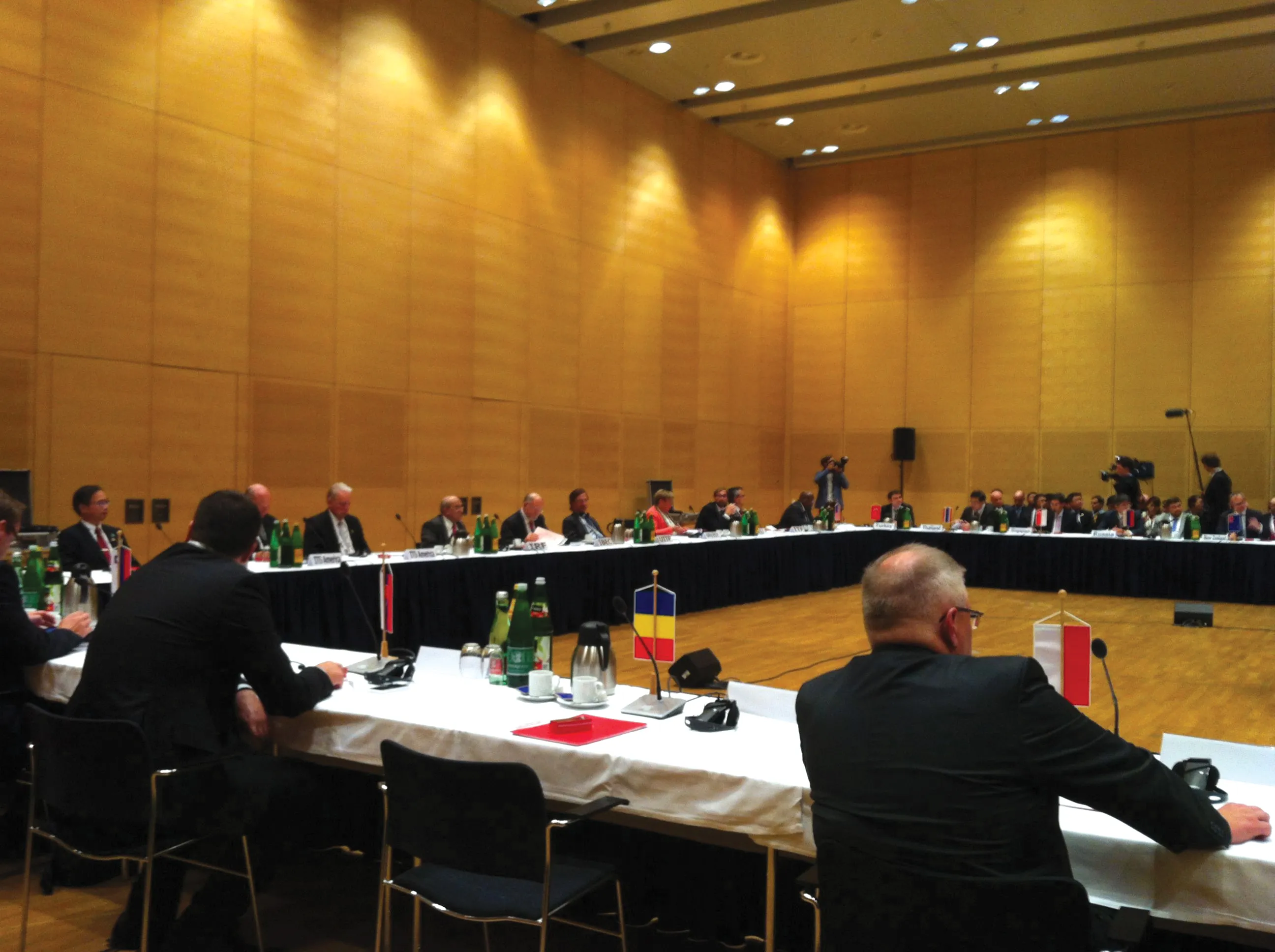The Eurasian Development Bank (EDB) and the Asian Development Bank (ADB) are planning to help develop infrastructure in projects in Armenia, Kazakhstan, the Kyrgyz Republic and Tajikistan. From now until 2021, EDB will provide US$1 billion while the ADB will provide $2 billion. In addition, the banks have signed an agreement on additional co-financing of the construction of the North - South motorway in Armenia. EDB will provide $320 million for the project.
March 11, 2016
Read time: 1 min
The Eurasian Development Bank (EDB) and the Asian Development Bank (ADB) are planning to help develop infrastructure in projects in Armenia, Kazakhstan, the Kyrgyz Republic and Tajikistan. From now until 2021, EDB will provide US$1 billion while the ADB will provide $2 billion. In addition, the banks have signed an agreement on additional co-financing of the construction of the North - South motorway in Armenia. EDB will provide $320 million for the project.








